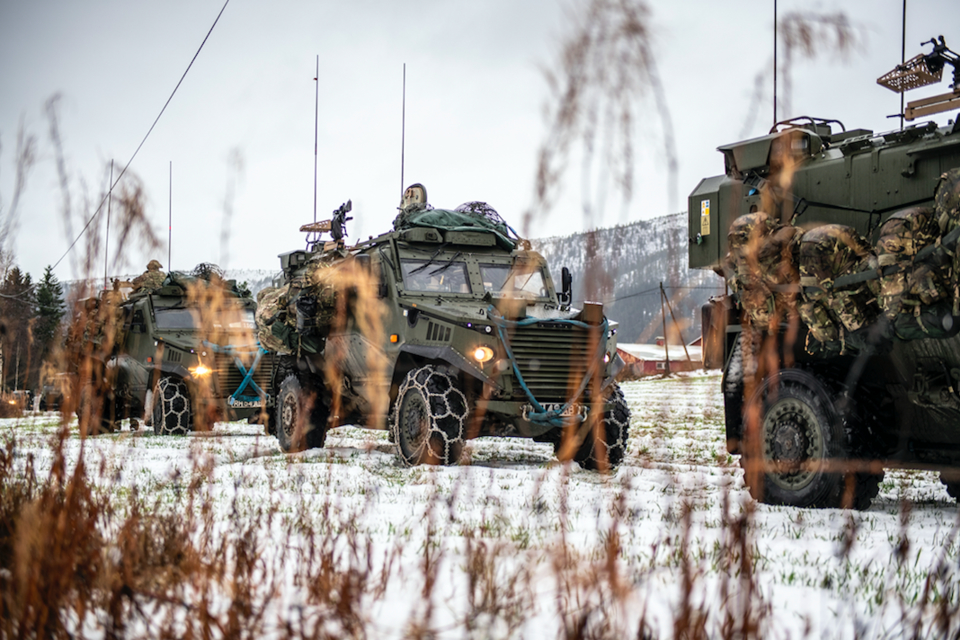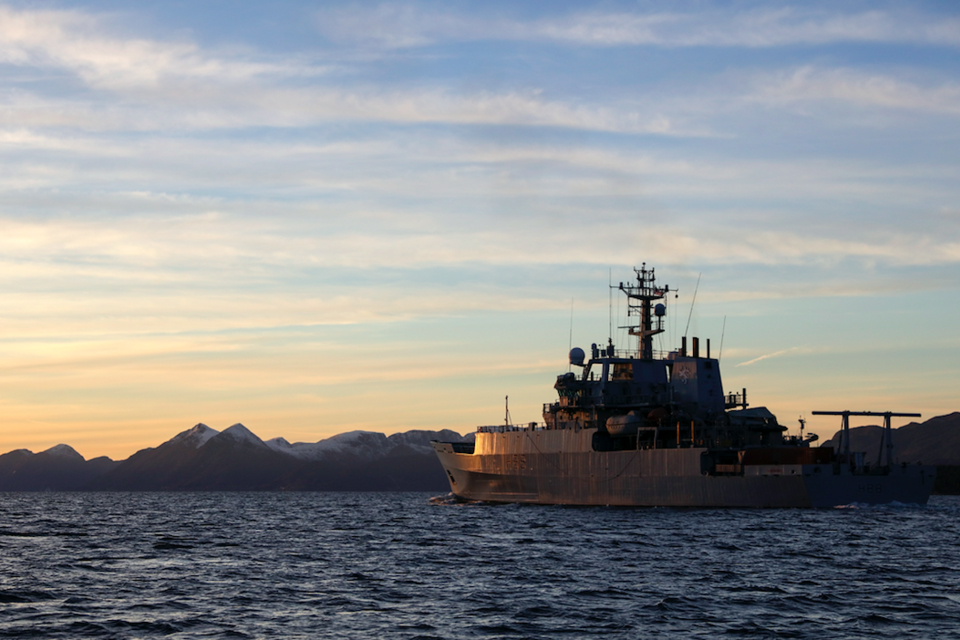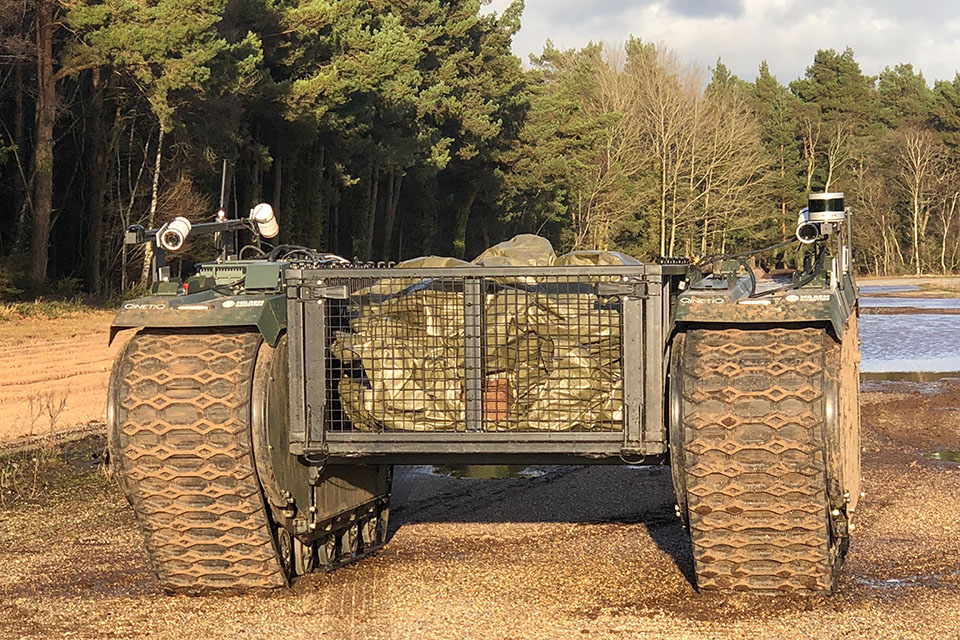News story: UK Forces return home after successful NATO exercise
NATO’s biggest exercise in a decade comes to a close
NATO’s biggest exercise in a decade comes to a close
UK personnel from the British Army, Royal Navy and Royal Air Force will return as victors from Trident Juncture, the largest NATO exercise since the cold war, having successfully defeated an acting enemy force of Norwegian, German and Swedish forces.
The UK-led multinational brigade made up of mechanised infantry from the Royal Irish Regiment and Royal Lancashire Regiment, Danish tank units and Polish armoured vehicles completed the week-long final exercise in freezing conditions in Norway. The multinational brigade successfully completed a river crossing on the final day of the live exercise, demonstrating the ability of NATO allies to live, work, and operate effectively together.

The brigade conducted defensive operations in a harsh and austere environment in order to disrupt a peer opposition force’s advance, before going on the offensive to regain control of lost land. The live exercise phase enabled troops to learn lessons about how to operate when faced with a highly capable and well-equipped enemy.
With Royal Navy ships and RAF aircraft also contributing to the large-scale exercise from the skies and the seas, the exercise demonstrated both the UK’s leading role in the alliance and the ability of its armed forces to deploy at scale and integrate with other nations at speed.

With around 50,000 participants from 31 nations, 250 aircraft, 65 ships and around 10,000 used during NATO Trident Juncture 2018, the alliance successfully demonstrated its ability to mount a collective defence response in an Article 5 scenario – when an attack on one is an attack on all.
British troops will today begin testing out over 70 examples of futuristic technology including enhanced surveillance drones and unmanned vehicles on the fields of Salisbury Plain, Defence Secretary Gavin Williamson has announced.
The game-changing Autonomous Warrior experiment will last four weeks and test a range of prototype unmanned aerial and autonomous ground vehicles which aim to reduce the danger to troops during combat. The exercise will finish with a battlegroup experiment, where the best ideas and products will be tested in the toughest of simulated operational environments.
One of the key areas it is set to test is the autonomous last mile resupply. The ‘last mile’, which represents the extremely dangerous final approach to the combat zone, is crucial to ensuring soldiers have the food, fuel and ammunition to keep them alive.
Defence Secretary Gavin Williamson said:
Our troops now have the chance to test out a huge range of robotic kit in what will be the biggest exercise of its kind in our history. We’re always working with the brightest minds in Britain and across the world to see how they can support our military of the future, but now the frontrunners have the chance to prove what they can really do on a battlefield. This equipment could revolutionise our Armed Forces, keeping them safe and giving them the edge in an increasingly unstable world.

The exercise aims to test technologies in surveillance, long-range and precision targeting, enhanced mobility and the re-supply of forces, urban warfare and enhanced situational awareness.
The Royal Tank Regiment Battle Group from 1 Armoured Infantry Brigade are providing the bulk of exercising troops and taking responsibility of command and control. Overall there will be over 200 multi-national, cross-service personnel. The US Army, Royal Marines, RAF and the Defence Science and Technology Laboratory (Dstl) will join industry partners and academia in working alongside them, experimenting with over 70 products and systems.
Autonomous Warrior will play an integral role within the £800 million Defence Innovation Fund which supports ground-breaking ideas aimed at transforming both defence and British industry.
The land-based exercise follows on from the hugely successful ‘Unmanned Warrior’ which the Royal Navy demonstrated autonomous systems diving, swimming and flying together to engage in surveillance, intelligence-gathering and mine countermeasures.
Her Majesty The Queen will join thousands at the Cenotaph to remember the fallen of all conflicts.